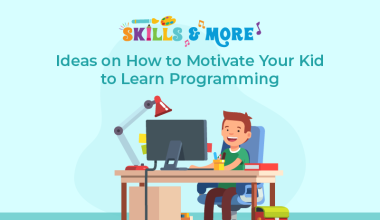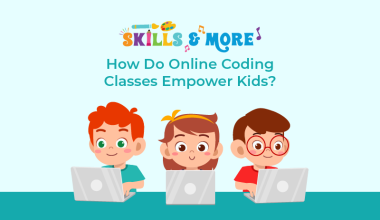“Coding is the art of transforming imagination into reality, where every line of code is a brushstroke on the canvas of possibility.”
As a parent, it’s natural to worry about your child’s future and career prospects. In a world where competition is fierce, giving your child an edge through specialized knowledge and skills is crucial.
With so many courses available, it’s easy to get overwhelmed & wonder which one is truly worth investing in.
However, there is one skill that is constantly evolving and shaping the future: Coding. Introducing your child to the world of coding through Scratch programming can be the game-changer you’ve been looking for.
Give your child the opportunity to stand out from the crowd and pave their way to a unique and fulfilling career.
Scratch is an accessible programming language that enables children to craft interactive narratives, games, and animations while acquiring coding principles.
Scratch offers more than just coding; it offers an exhilarating experience intertwined with learning.
You’ll come to realize that coding can be as enjoyable as indulging in your beloved video game or sharing a hilariously absurd joke.
There are many things to know about Scratch programming, which we will cover in this guide. So be with us to learn how Scratch programming can enhance your kid’s life by giving them a path for success.
What is Scratch Programming?
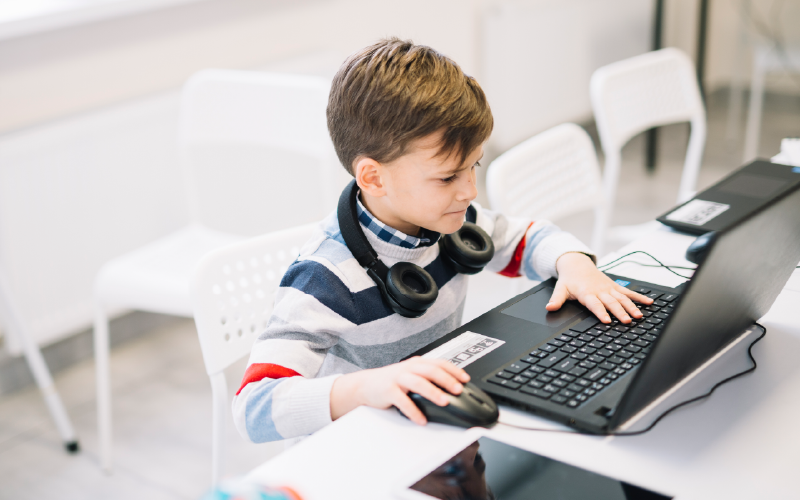
Scratch, to put it simply, is a block-based programming language that enables children to make their own interactive stories, games, and animations.
It was developed for young children to learn the basics of programming. Scratch is designed to be intuitive and simple to use, with colorful blocks that can be dragged and dropped to create code.
With Scratch, kids can learn important coding concepts like loops, conditionals, and variables while having fun creating their own projects. Scratch has become a popular tool in schools and after-school programs around the world, and it’s easy to see why.
With its fun and intuitive interface, Scratch makes programming accessible to kids of all ages and backgrounds.
Whether your child is interested in creating their own video game, animation, or interactive story, Scratch is a great place to start exploring the world of coding.
Benefits of Learning Scratch Programming for Kids
Learning Scratch programming language offers numerous benefits for kids, helping them develop important skills & preparing them for the digital world they live in. Here are several key advantages to learning Scratch:
1. Creativity & Problem-Solving Skills
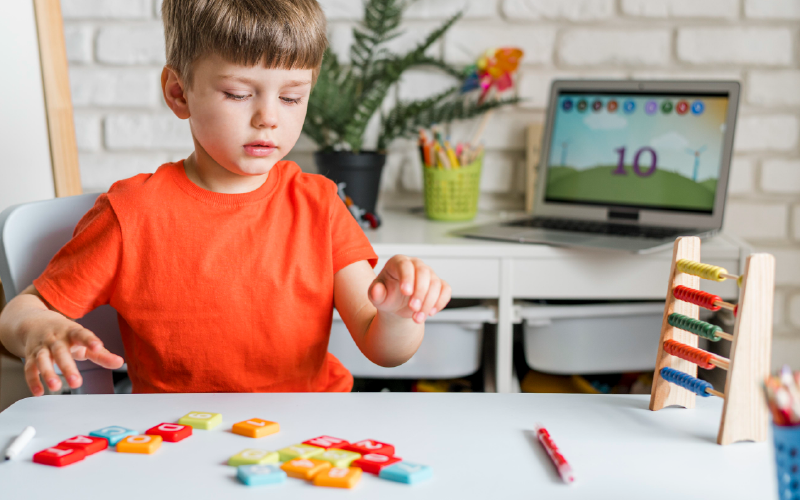
Scratch provides a platform for kids to express their creativity by designing and building their own projects, such as games, animations, and interactive stories. Through coding in Scratch,
Children can unleash their imagination and create unique digital experiences. They learn how to think critically and solve problems by breaking them down into smaller, manageable tasks.
This fosters a valuable mindset of logical thinking and analytical problem-solving, skills that are transferable to various aspects of life.
2. Computational Thinking
Scratch programming introduces kids to the fundamental concepts of computational thinking. They learn how to break down complex problems into smaller, more manageable parts and develop step-by-step instructions (algorithms) to solve them.
This process enhances their ability to analyze, organize, and structure information, which is crucial for developing a solid foundation in computer science and other STEM-related fields.
3. Future-Ready Skills
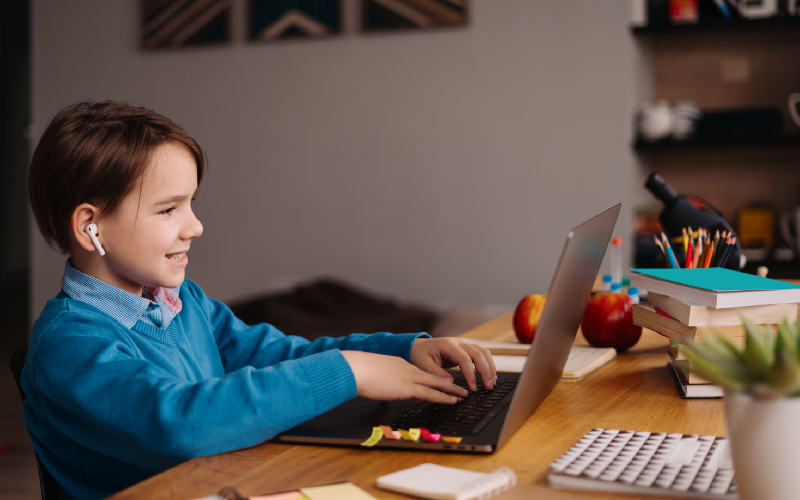
By learning Scratch, kids acquire a solid foundation in programming principles and computational thinking, which are valuable skills in many fields. Whether they pursue careers in computer science or not.
The problem-solving, logical thinking, and creativity fostered through Scratch programming will be beneficial in various professions.
Additionally, understanding the basics of coding early on can open doors to more advanced programming languages and technologies as kids grow older.
4. Digital Literacy
In today’s digital age, it is essential for kids to be digitally literate. Scratch programming helps them develop a strong understanding of how digital systems work and how to interact with them.
They gain familiarity with important concepts such as algorithms, variables, loops, and conditionals, which form the building blocks of programming.
This knowledge empowers children to navigate and utilize technology more effectively, enhancing their digital literacy and enabling them to become active creators rather than passive consumers of technology.
5. Math & Logical Reasoning
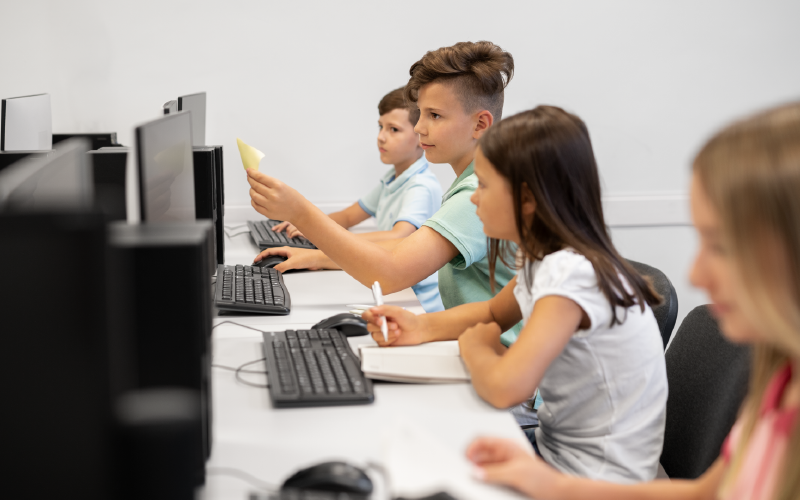
Programming in Scratch requires logical reasoning and mathematical thinking. Kids engage in activities that involve counting, sequencing, spatial reasoning, and pattern recognition. By manipulating variables and using mathematical operators,
They develop a deeper understanding of mathematical concepts in a practical and engaging manner.
This integration of math and logic in Scratch programming can reinforce mathematical skills and make abstract concepts more tangible and relatable.
Also Read: A Beginner’s Guide: 7 Best Ways to Teach Coding to Kids in 2023
Creating a Scratch Project: A Step-by-Step Guide
Creating a project in Scratch is an exciting and rewarding experience. Whether you’re a beginner or have some coding knowledge, this step-by-step guide will help you create your own Scratch project from start to finish.
Step 1: Getting Started
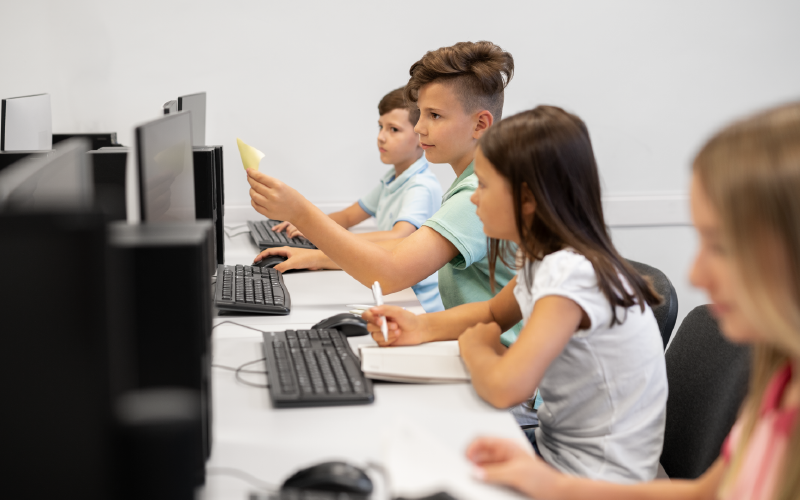
To begin, open the Scratch editor in your web browser. You’ll see the stage, where your project will be displayed, and the block palette on the left side of the screen.
Take a moment to familiarize yourself with the different categories of blocks, such as motion, looks, and events.
Step 2: Adding Sprites
Sprites are the characters or objects in your project. Click on the “Choose a Sprite from Library” button in the sprites palette to select a sprite from the extensive library.
You can also create your own sprite by clicking on the “Paint New Sprite” button or import an image as a sprite.
Step 3: Making Sprites Move
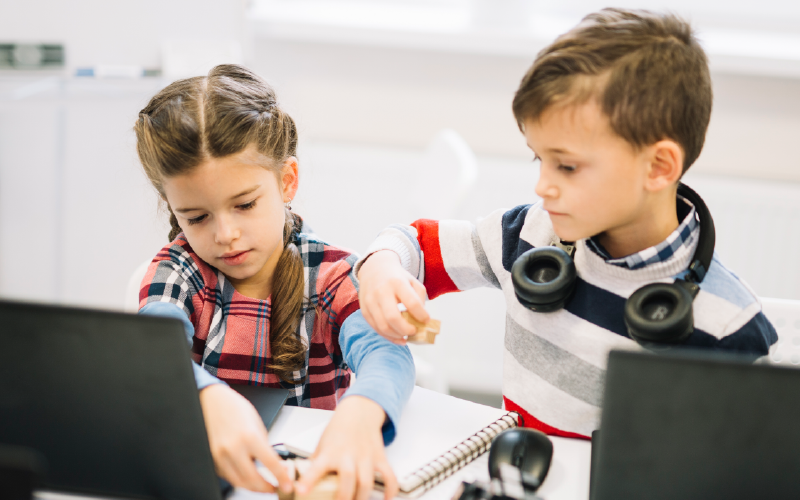
To make your sprite move, go to the blocks palette and select the “Motion” category. Drag and attach blocks like “Move 10 steps” or “Glide 2 seconds to x: [ ] y: [ ]” to the scripting area. Experiment with different motion blocks to create the desired movement for your sprite.
Step 4: Adding Interactivity
To make your project interactive, you can use event blocks. Event blocks are triggered by actions such as clicking the green flag or pressing a key.
In the blocks palette, select the “Events” category and drag blocks like “When Green Flag Clicked” or “When Key [ ] Pressed” to the scripting area. Combine event blocks with motion or sound blocks to add interactivity to your project.
Step 5: Creating Looks & Sounds
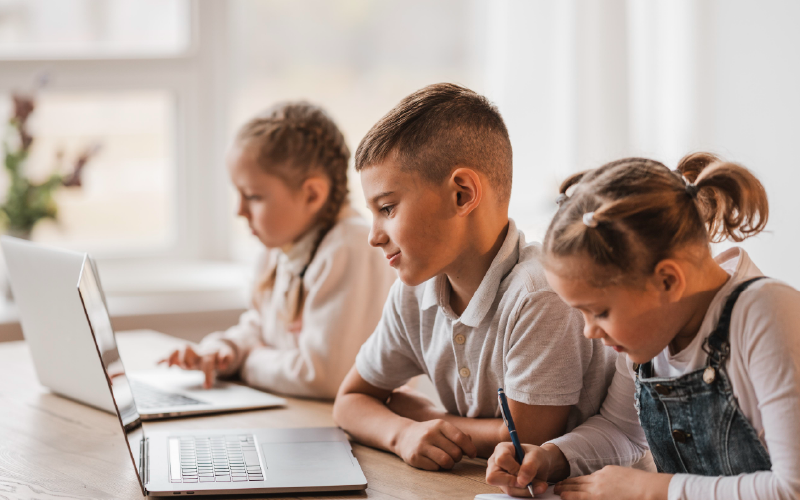
Enhance your project by adding visual effects and sounds. In the block palette, explore the “looks” and “sounds” categories.
Use blocks like “Say [ ] for [ ] seconds” to display text, “Change [ ] Effect by [ ]” to change the appearance of a sprite, or “Play Sound [ ]” to add sound effects.
Experiment with different blocks to make your project visually appealing and engaging.
Step 6: Using Control Blocks
You can manage how your project flows by using control blocks. In the block palette, select the “Control” category.
Blocks like “Repeat [ ]” or “If [ ] then” help you create loops and conditions. Use control blocks to make sprites respond to specific events or to create repeating patterns in your project.
Step 7: Adding Variables
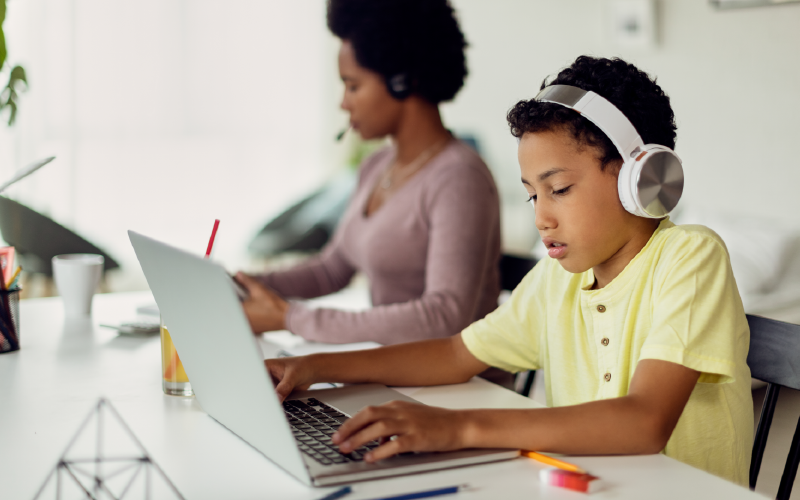
Variables allow you to store and manipulate data in your project. In the block palette, select the “Data” category.
Use blocks like “Set [variable] to [ ]” or “Change [variable] by [ ]” to create and modify variables. Variables can be used to keep score, track progress, or create dynamic effects in your project.
Step 8: Testing & Sharing
Once you’ve finished creating your project, it’s time to test and share it. Click the green flag in the top-right corner of the screen to start your project.
If everything works as expected, you can share your project with others by clicking on the “Share” button. You can also download your project to your computer.
Best Ways to Learn Scratch Coding
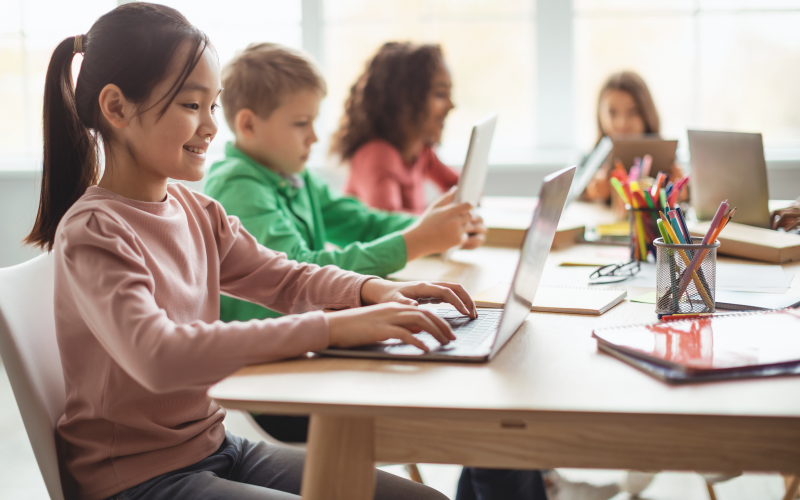
When it comes to learning Scratch programming lessons, there are several effective methods that can help kids master this programming language. Here are some of the best ways to learn Scratch coding for kids:
- Explore Scratch lessons for kids available on educational websites & platforms. These lessons often include interactive tutorials, activities, & challenges that gradually introduce kids to different aspects of Scratch programming.
- Enroll in a Scratch coding online course for kids offered by coding academies or educational institutions. These classes provide a supportive learning environment where kids can interact with instructors and peers, collaborate on projects, and receive personalized feedback.
- Utilize the online resources and tutorials provided by the official Scratch website. The Scratch website offers a wealth of resources, including video tutorials, project ideas, and a vibrant community forum where kids can seek help and share their creations.
- Encourage self-learning by allowing kids to explore Scratch independently. They can start with simple projects and gradually challenge themselves with more complex ideas. Encourage them to experiment, make mistakes, and learn from them.
Conclusion
In the end, scratch programming is an incredible tool for your kids to learn coding while having fun and unleashing their inner creativity.
With its user-friendly interface and abundant resources, Scratch empowers your child to develop computational thinking, problem-solving skills, and digital literacy.
By following our complete guide and exploring various learning methods, kids can embark on an exciting coding journey with Scratch.
To further enhance their skills, you can consider enrolling them in online Scratch coding classes for kids by SkillsnMore.
Give your child the opportunity to dive deeper into Scratch programming and unlock their full coding potential. Visit SkillsnMore today to explore their engaging and interactive online classes.
